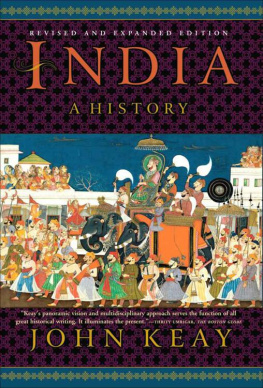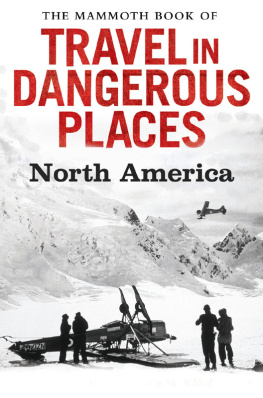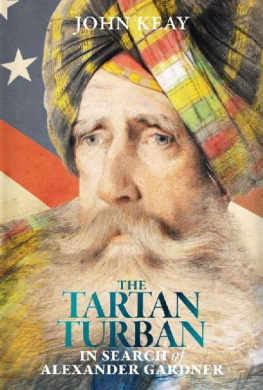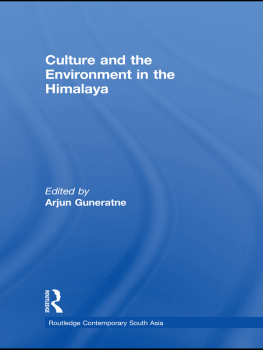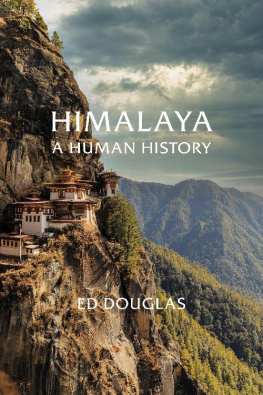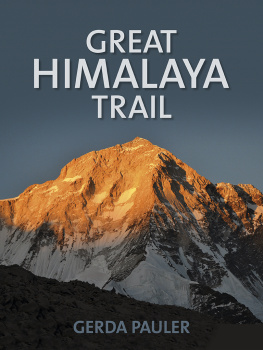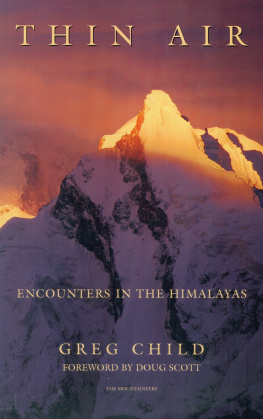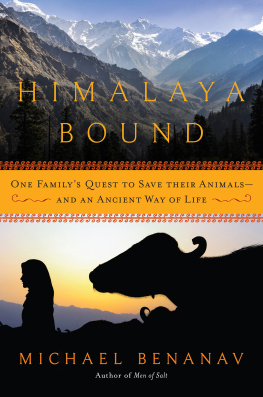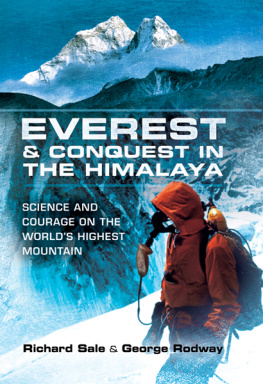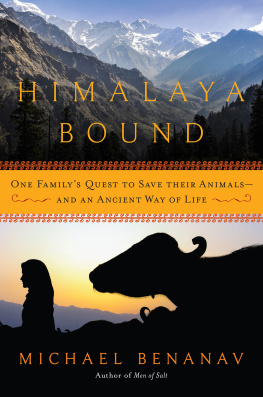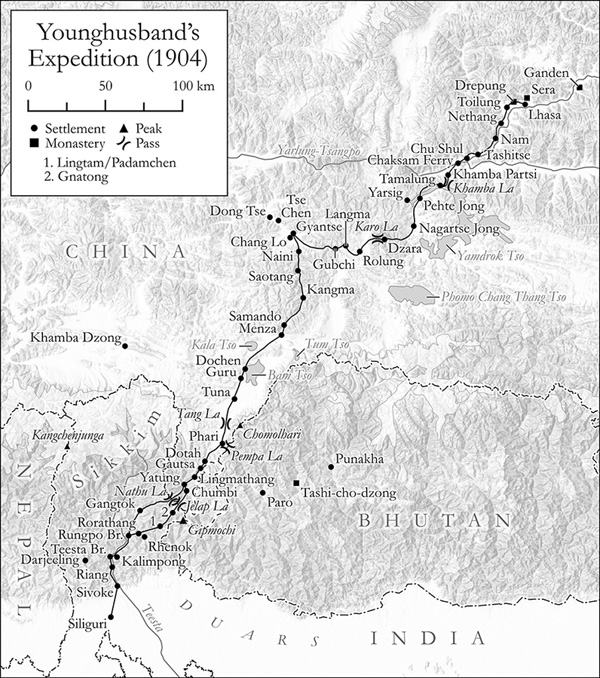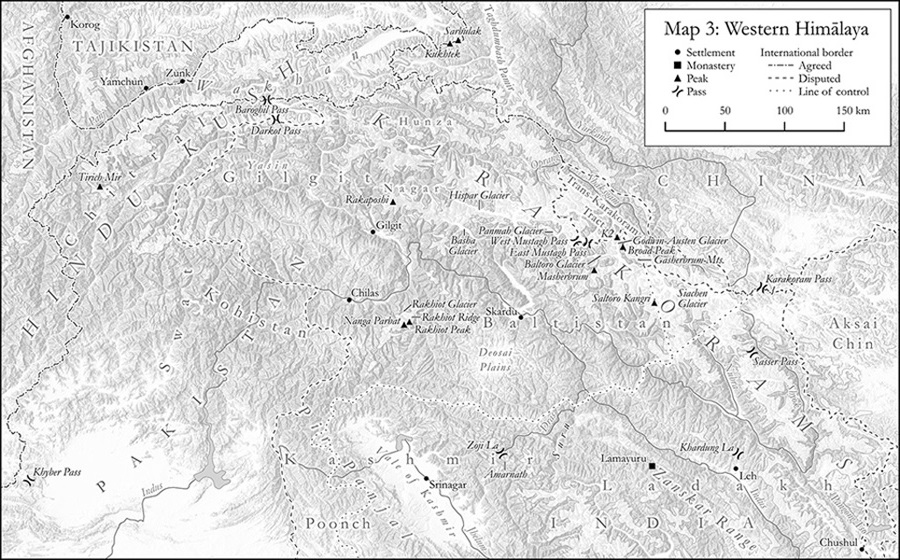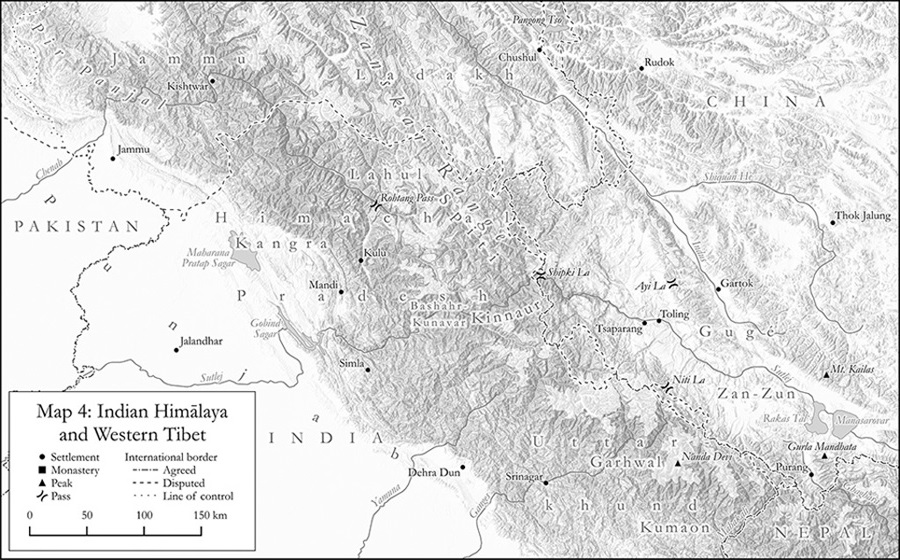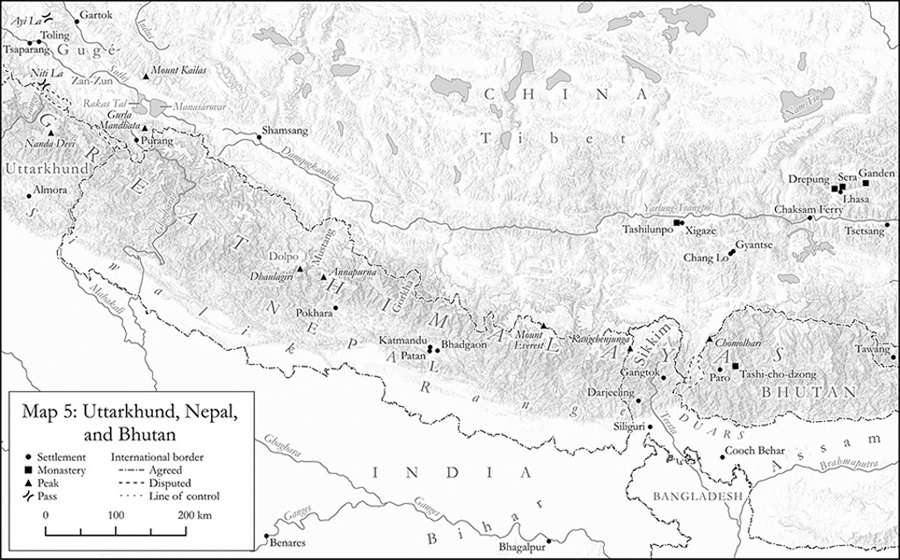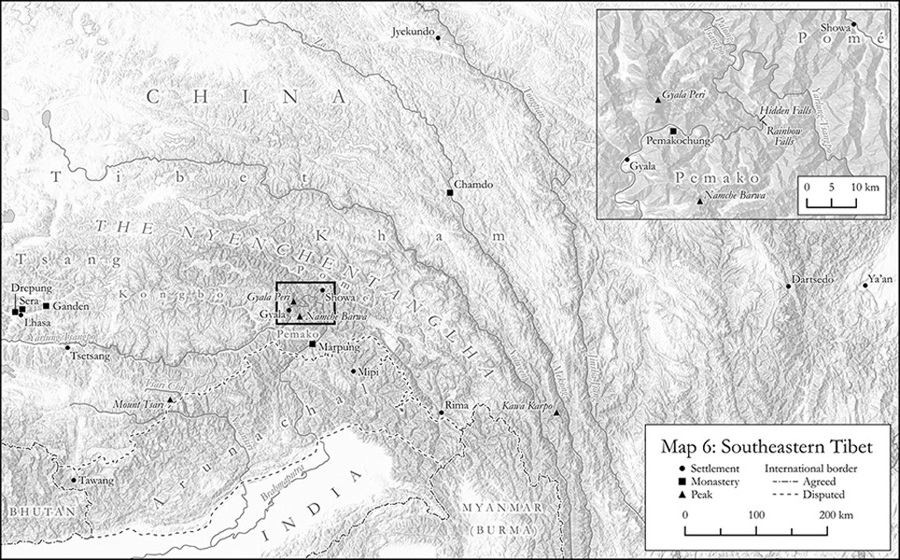
Himlaya

BLOOMSBURY PUBLISHING
Bloomsbury Publishing Plc
1385 Broadway, New York, NY 10018, USA
BLOOMSBURY, BLOOMSBURY PUBLISHING, and the Diana logo are trademarks of Bloomsbury Publishing Plc
First published in 2022 in Great Britain
First published in the United States 2022
Copyright John Keay, 2022
Maps Copyright Michael Athanson
All rights reserved. No part of this publication may be reproduced or transmitted in any form or by any means, electronic or mechanical, including photocopying, recording, or any information storage or retrieval system, without prior permission in writing from the publishers.
Bloomsbury Publishing Plc does not have any control over, or responsibility for, any third-party websites referred to or in this book. All internet addresses given in this book were correct at the time of going to press. The author and publisher regret any inconvenience caused if addresses have changed or sites have ceased to exist, but can accept no responsibility for any such changes.
ISBN: HB: 978-1-63286-943-2; EBOOK: 978-1-63286-945-6
Library of Congress Cataloging-in-Publication Data is available.
Typeset by Newgen KnowledgeWorks Pvt. Ltd., Chennai, India
To find out more about our authors and books visit
www.bloomsbury.com and sign up for our newsletters
Bloomsbury books may be purchased for business or promotional use.
For information on bulk purchases please contact Macmillan Corporate and
Premium Sales Department at specialmarkets@macmillan.com.
By the same author
Into India
When Men and Mountains Meet: The Explorers of the Western Himalayas 1820-75
The Gilgit Game: The Explorers of the Western Himalayas 1865-95
Eccentric Travellers
Explorers Extraordinary
Highland Drove
The Royal Geographical Societys History of World Exploration (general editor)
India Discovered: The Rediscovery of a Lost Civilisation
The Honourable Company: A History of the English East India Company
The Collins Encyclopaedia of Scotland (co-editor with Julia Keay)
Indonesia: From Sabang to Merauke
Last Post: The End of Empire in the Far East
India: A History
The Great Arc: The Dramatic Tale of How India was Mapped and Everest was Named
Sowing the Wind: The Mismanagement of the Middle East 1900-1960
Mad About the Mekong: Exploration and Empire in South-East Asia
The Spice Route: A History
The London Encyclopaedia (third edition) (co-editor with Julia Keay)
China: A History
To Cherish and Conserve: The Early Years of the Archaeological Survey of India
Midnights Descendants: South Asia from Partition to the Present Day
The Tartan Turban: In Search of Alexander Gardner
For Nell and Amor, Coco and Indy
Contents
History has not been kind to Himlaya. Those acquainted with our spherical planets most spectacular protuberance have been tempted to appropriate it. Buddhist India claimed Himlaya from the south, Islam put down roots in its western approaches, Mongols and Manchus rode in from the north, and from the east an irredentist China continues to engross what it prefers not to call Tibet. Empires have here collided, cultures clashed. Surveyors staked out frontiers, hunters decimated the wildlife and mountaineers bagged the peaks. Machinery is now gouging out the minerals.
A jumble of borderlands and buffer states on the map, Himlaya is quite unlike, say, Amazonia, Australia or most of the worlds other distinctive ecozones. Another of them, Antarctica, when threatened by international rivalries in the 1950s, was demilitarised and apportioned into national study zones by mutual agreement. Himlaya, being no less fragile and just as globally significant, would benefit from a similar consensus. But its unlikely to emerge. Antarctica has no history and no native Antarcticans; Himlaya has much history and many native Himalayans.
The most we can hope for is a wider recognition of the regions physical integrity as the only high-altitude ecozone. The clashing of cultures, ideologies and empires on the roof of the world has long been matched by a comparable variety of competing reasons for taking Himlaya seriously. But in trying to do justice to all these interests, this book may seem as disjointed as the Himalayan skyline. It cant be helped. Transitioning from geology and palaeontology to mysticism and mountaineering by way of archaeology, monastic warfare and exotic commodities cannot be expected to be seamless. To provide a thread of continuity I have instead focused on the human component in Himalayan studies, the personalities and their adventures, and I have sometimes taken liberties with the chronology. Biography enlivens geography; and in Buddhist societies no one is likely to take issue with a narrative which leaps across improbable distances and incorporates demanding flashbacks. For what follows I plead the nature of the subject, plus the indulgence of the mountains and all who love them.
The common anglicised pronunciation is Hmlay. But in recent years there has been a tendency among superior folk to say Hmly or Hmly The sum of it all is that Himalaya is a Sanskrit word, and there is no doubt about the correct Sanskrit pronunciation. The English equivalents of the vowel sounds are these: Hi- as in him, -m- as in father, -la- and -ya as in fur or French le.
Sir Geoffrey Corbett (1929)
Visitors to Darjeeling are urged to rise early. From this ramshackle city slung across once lush hillsides at the northern apex of the Indian state of West Bengal the best chance of a close encounter with the worlds most spectacular urban backdrop comes at first light. Even then you may be disappointed. Kangchenjunga (Kangchendzonga), our planets third highest mountain, is like the tiger in the forest ever out there but not readily spotted. Or more accurately, its ever up there. Instead of straining towards some pearly peak on a distant horizon, you need to crane backwards. The mountain is overhead; and though the snows of its summit are billowed in cloud, should it deign to disrobe, be prepared for a vision. Youre standing beneath an apotheosis, a shy, radiant deity. Even empire-builders never forgot their first sighting of Kangchenjunga.
It is Friday 19 June 1903. Dawn comes up grey and unpromising. The monsoon has just broken and the rain is said to have been coming The captain mounts, his escort forms up and the cavalcade clatters off. They head north for Sikkim and Tibet. As the rain hammers down, someone is heard to call out Good luck. With half a dozen Himalayan passes to cross, a near-polar winter in prospect and 650 kilometres of the worlds most hostile terrain, they need more than luck.
Next page


